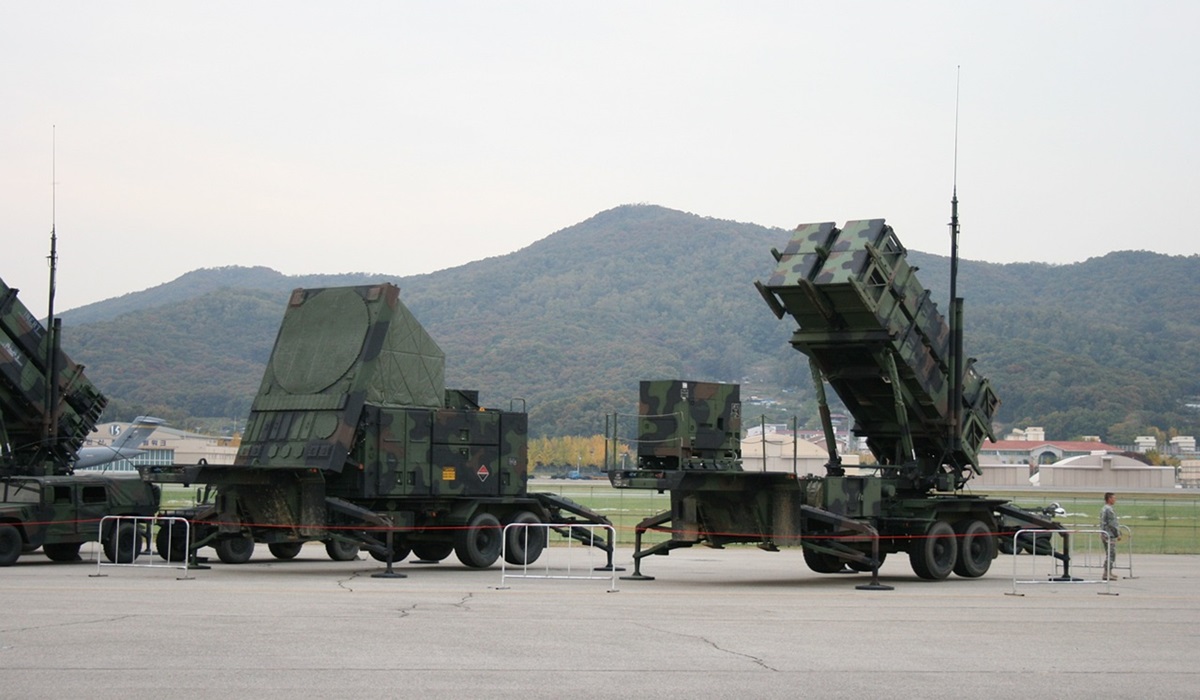U.S Military Carbon Footprint Is Bigger Than Most Countries Combined
- TDS News
- Breaking News
- U.S.A
- January 26, 2023

The United States Pentagon, the headquarters of the country’s Department of Defense, has long been known as one of the world’s largest consumers of fossil fuels. However, recent studies have shown that the Pentagon is also one of the world’s largest polluters of fossil fuels, emitting more greenhouse gases than many countries.
According to a recent report published by Scientists for Global Responsibility (SGR) the Pentagon’s estimated annual military carbon footprint of the at 205 million tonnes, annually. This is more than the annual emissions of countries such as Sweden or Greece and is comparable to the emissions of small countries like Qatar and Kuwait, which are among the world’s top emitters per capita.
The majority of the Pentagon’s emissions come from the consumption of fossil fuels, primarily for transportation and energy production. The department operates a fleet of over 5,500 aircraft and over 200 ships, which consume large amounts of fuel for their operations. Additionally, the Pentagon operates over 500 bases and facilities around the world, which also consume fossil fuels for energy production and transportation.
The Pentagon’s emissions are also caused by the production of weapons, as well as the testing and training activities that are carried out on a regular basis. The department also emits a significant amount of greenhouse gases through the destruction of surplus weapons and the disposal of hazardous materials.
The scale of the Pentagon’s emissions is particularly alarming in light of the fact that the United States is the world’s largest war machine, with a military budget that exceeds that of the next several countries combined. The country’s military activities, both at home and abroad, are a major contributor to global warming and climate change.
The Pentagon’s emissions are also a significant contributor to air pollution, which is a major health concern for people living near military bases and training grounds. The department’s activities also have a significant impact on natural ecosystems and wildlife, as well as on indigenous communities who live near military bases.
Despite the magnitude of the problem, there is currently little insight into the Pentagon’s emissions and their impact on the environment. The department does not publicly disclose its emissions data and has not been required to report its emissions to the United Nations Framework Convention on Climate Change (UNFCCC).
This lack of transparency and accountability has led to calls for the Pentagon to be more transparent about its emissions and to take steps to reduce its environmental footprint. Some have called for the department to set emissions reduction targets and to invest in renewable energy sources.
There is currently no indication that the Pentagon will take any significant action to address its emissions, and the issue is likely to be overlooked in the face of other pressing national security concerns. The U.S. government’s focus on military power and dominance, combined with the lack of accountability and oversight, makes it unlikely that the Pentagon will be held responsible for its role in contributing to climate change.
The scale of the problem is particularly alarming in light of the fact that the United States is the world’s largest war machine, with a military budget that exceeds that of the next several countries combined. The lack of transparency and accountability makes it unlikely that the Pentagon will take any significant action to address its emissions, and the issue is likely to be overlooked in the face of other pressing national security








